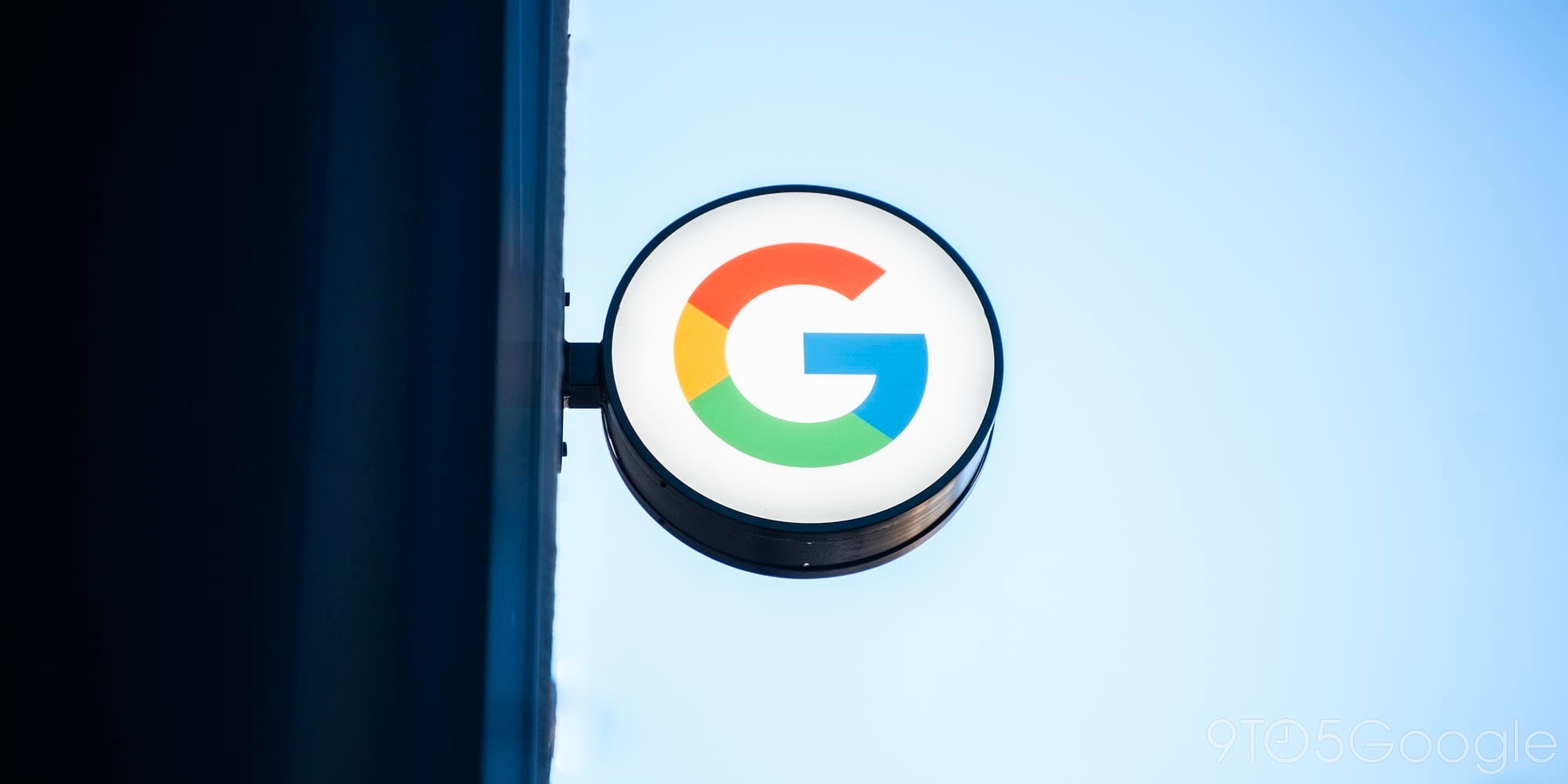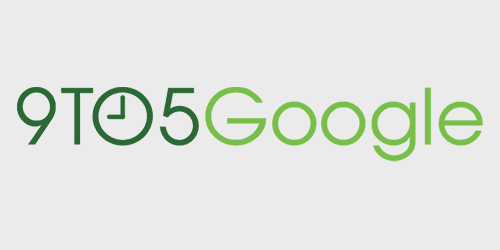Google Glass


Another day, another patent filing. Better yet—another watch patent.
Between the Pebble, Sony, Nike, and even Apple’s spin on the wearable Nano, there are plenty of smart watches going around these days. Google—however—wants to kick it up a notch. A new patent surfaced recently that depicts a Mountain View-branded wristwatch with Google Glass-like capabilities.
The timepiece, according to design filings with the United States Patent and Trademark Office, features a transparent display that doubles as a second screen when flipped up from the base. The displays give access to Google apps, such as Gmail and Maps, and they provide real-time data for directions, notifications, products, etc.
Yes, this also means Google would have another platform for serving up ads. Enter the Google Glass similarities. The patent filing indicated the smart watch could track users’ surroundings, and it would then offer related products, points of interest, information, or practically anything else aggregated and related to the watch’s GPS coordinates.

The Wall Street Journal published a report with some new information on the interface for the Google Glasses:
In all, the glasses are like a wearable smartphone, allowing the user to take pictures, send messages and perform other functions via voice-activated commands. For instance, say “OK, Glass” into one of the glasses’ two microphones and a menu pops off to the side of your vision showing icons that will let you take a picture, record a video, use Google Maps or make a phone call.
After 10 minutes of playing with the glasses—which the company prefers to call Google Glass, since they don’t have lenses—I could see their long-term potential. The device fit well. It was easy to snap a picture or video without taking my smartphone out of my pocket. It was cool to see the information there in front of my right eye, though a little disorienting. I kept closing my left eye, which was uncomfortable.
Mr. Brin said his favorite feature is the time-lapse capability that lets him snap photos of his kids every 10 seconds when he is playing with them. “I never think about taking out my phone,” he said. “That would really be disruptive to my play time.”
“I have always disliked the feeling that with technology I am spending a lot of my time and attention managing it,” added Mr. Brin, dressed casually in a white T-shirt and jeans. “The notion of seamlessly having access to your digital world without disrupting the real world is very important.”
The reporter used the glasses at the DVF Fashion show in New York City this week (Gallery). It sounds like the interface options are progressing since I wore the headset briefly at Google I/O in June. However, we are still a long way from a usable product.


Although we have not seen that much about how Google’s augmented reality glasses will actually work (apart from a few photos and video at the Google I/O skydiver demo), the company plans to get the $1,500 Explorer Edition into hands of I/O attendees who preordered the device by next year. Google appears to already be thinking about security features for Project Glass with a patent published by the United States Patent & Trademark Office (via Engadget) that details various ways of locking the device or sounding an alarm when detecting unnatural movements. It would also be capable of alerting authorities that the glasses have been stolen or unintentionally removed.
These features would have certainly been useful to University of Toronto professor Dr. Steve Mann (pictured above), who recently was physically assaulted for wearing his EyeTap Digital Eye Glass system. Mann described the experience of having his vision system, which he explained could only be removed with special tools, ripped off his head by a McDonalds employee:

Besides the Scobelizer spotting Google Glasses on co-founder Sergey Brin (above), we are hearing some additional information about the project. First, the brand was changed from “Project Wingfront,” which was the name of the project in the [x] labs. As it graduated to public knowledge, Google needed a more general-purpose name. I am told this decision was made in the past month.

Additionally, my understanding is that there has been a lot of strife in the Wingfront group over the past few months. Product people complain that they need time to iterate and perfect the experience, while management wants to get these into the outside world as soon as possible. Some strong tensions in the group are getting even more heated as more people are brought in.
The glasses shown off in the video and on the Plus page is only one of many prototypes worn in the [x] labs. I am told that there are clip-on models that attach to normal glasses, as well as ones built into full-fledge sunglasses that I previously detailed (here and here).
But most importantly, when can we buy these things?
Expand
Expanding
Close